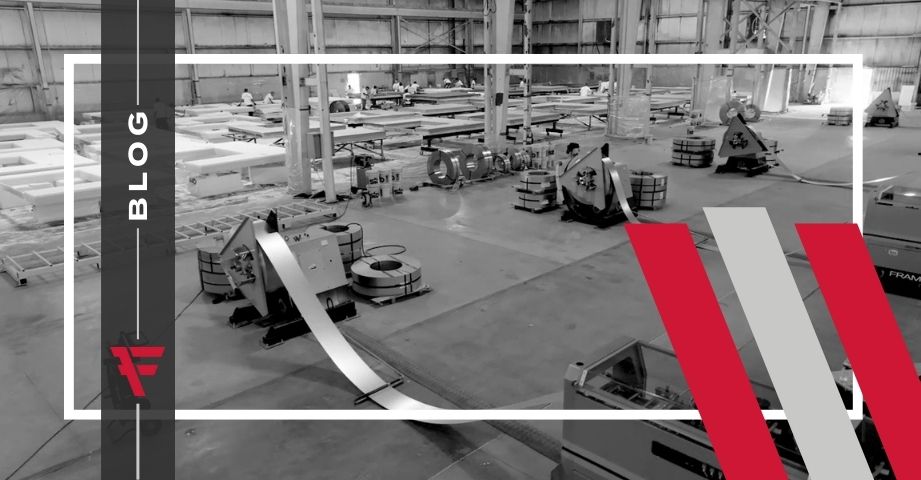Original Post by buildsteel.org.
The use of prefabrication for the construction of single and multi-family housing in the United States has been marked by several boom-and-bust cycles. However, changes that developed as a result of the pandemic indicate that off-site construction is here to stay.
Cold-formed steel (CFS) framing is the ideal choice for prefabricated construction, because it is non-combustible, lightweight and cut to precise specifications.
Prefabrication solves industry challenges
According to For Construction Pros, 2020 forced necessary changes in the way the construction industry operates. The rapid adoption of technology to develop more efficient buildings using prefabrication solves several of the industry’s biggest challenges, including:
• Trade labor shortages
• Tightened budgets
• Condensed construction schedules
4 indicators off-site construction is here to stay
For Construction Pros says the following indicators show why off-site construction, and specifically prefabrication, is here to stay.
Prefabrication:
1. Addresses the national labor shortage
The pre-existing labor shortage was exacerbated by the pandemic as projects came to a standstill. Though construction activity has rebounded in 2021, many construction workers opted not to return to work or took jobs in other industries.
In order to attract a new generation of workers, companies are transitioning to off-site construction to provide a favorable and attractive work environment.
Off-site construction:
• Appeals to a workforce that does not wish to move from one construction site to another as traditional onsite construction demands
• Reduces the need for skilled labor, opening up jobs for a larger portion of the workforce
• Takes place in a controlled setting, not subject to weather extremes and other variables
2. Brings greater safety to the industry
Improving safety conditions in construction is a top priority. Prefabrication transfers some work away from busy construction sites to controlled factory environments.
3. Supports condensed schedules and provides predictability
Building cycle times directly correlate to a project’s cost and risk level. With the volatility 2020 brought, building professionals are requiring time and cost predictability, both may be achieved with off-site prefabrication.
4. Curtails rework and waste.
Rework accounts for 5% to 13% of construction costs and schedule delays and produces unnecessary waste. With prefabrication, waste can be designed out of the process. Prefabrication can also reduce labor and materials expense by as much as 14% on a project.
Summary: The CFS Advantage
CFS leads the way as the preferred framing material for prefabricated structures for multiple reasons. CFS is:
• A pre-engineered material that can be cut to exact lengths
• Dimensionally stable and does not expand or contract with changes in moisture content
• Lightweight compared to wood and concrete
• Will not warp, split, crack or creep when exposed to the elements
• Sustainable and 100% recyclable
• Durable and has a high tensile strength
• Non-combustible and is a safeguard against fire accidents



